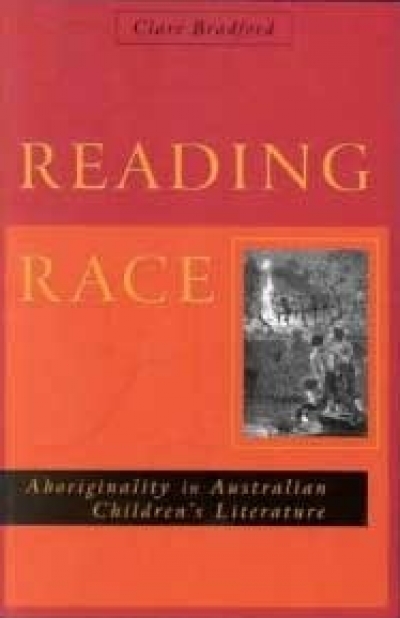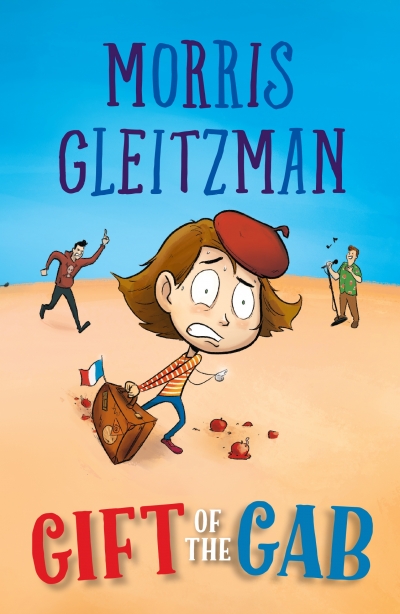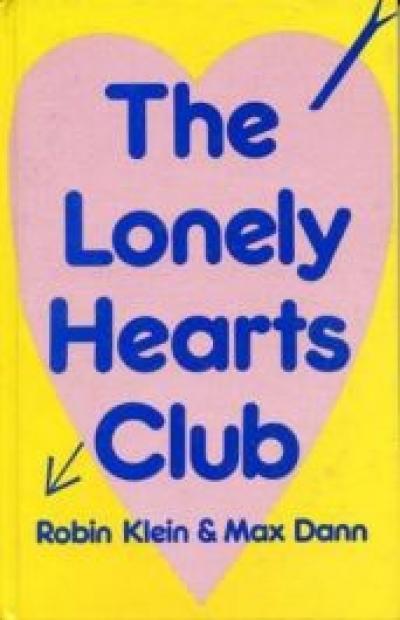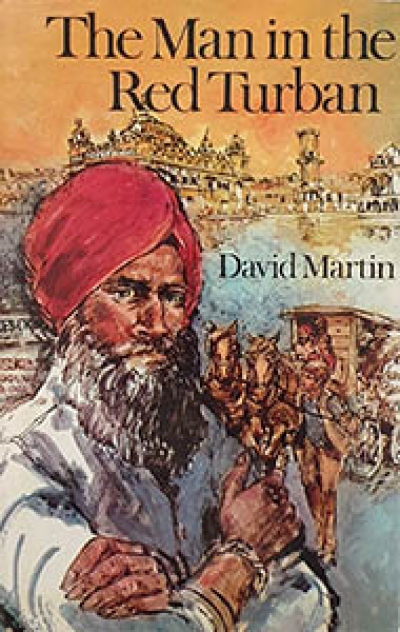Margaret Dunkle
Swans are said to mate for life and The Stone Swan builds on the love and anguish of such a relationship as the focus for a lesson in environmental responsibility. A pair of swans, lagging behind the rest of their flight, take solitary refuge in a wetland adjacent to a new housing estate, unaware that it is targeted for ‘development’. The cygnets hatch as the water levels subside and the male swan becomes trapped in a tangle of exposed rubbish and plastic twine. He is near death from exhaustion when a child from the nearby estate finds and frees him. But the peril is not over, for a causeway is being built across the wetland, isolating the swan family from the rest of the flock. The male manages to climb to the top of the roadway, but he will not go on without his mate and she will not leave without her babies. The story ends as she and her young, now fully fledged, fly off to join the flock on their annual migration while the human child witnesses her last farewell to the swan-shaped stone that has appeared on the causeway. Bell’s sombre illustrations in ink and watercolour reinforce the tragic mood of the story. A final page provides background information and references for this timely picture book that could be used effectively in primary school ecology studies.
... (read more)



